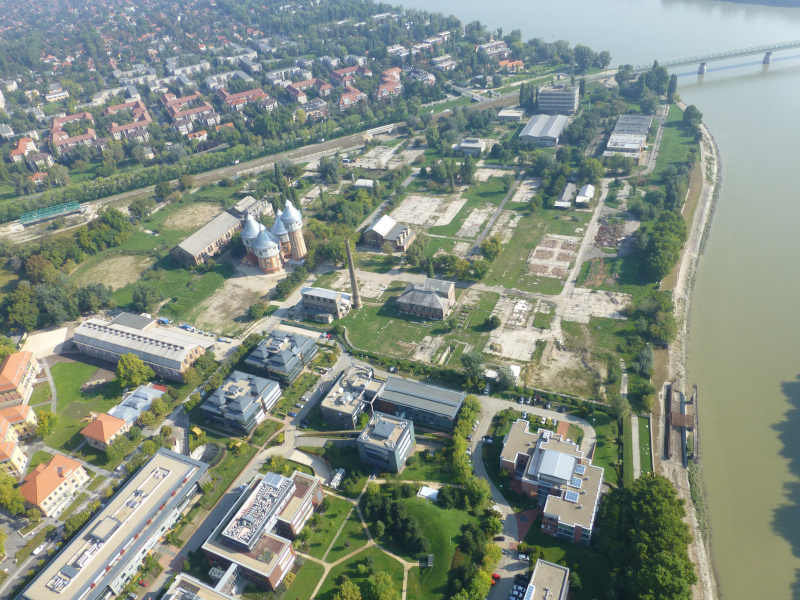General technical information
|
Sewerage network and wastewater discharge of Budapest , some important data (November 2005.): The wastewater generated in the most densely populated, central area of Budapest are led directly in the Danube without treatment. Only one third of the total amount of wastewater of the capital is treated. 15 % of the wastewater are treated only mechanically, 10 % are treated biologically, and 24% is treated by elimination of nutrients. 51 % of the total volume of wastewater are led in the Danube without any treatment. |
|||||||||||||||||||||||||
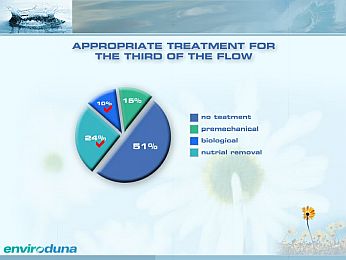 |
|||||||||||||||||||||||||
|
The primary objective of the investments of the „Budapest Central Wastewater Treatment Plant and related facilities” project is to collect the wastewater which is now entered into the Danube at 16 points of the capital and forward to the wastewater treatment plant. This way we can ensure that not untreated wastewater should enter into the Danube , thus reducing the load and pollution of the ecology of the river and the riverbanks. Current inlets into the Danube: |
|||||||||||||||||||||||||
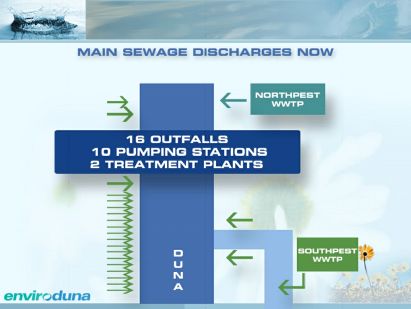 |
|||||||||||||||||||||||||
|
The urbanization plans aimed at the implementation of two brand new plants to reach this objective: The Central Wastewater Treatment Plant in the northern part of Csepel island, and the South Buda regional wastewater treatment plant. The implementation of the facility in Csepel island, which will serve more than half of the district of Budapest, has recently started, while a separate project has been set up for the investment in South Buda.
85 % of the sewerage network is unified, which means that the rainwater and other wastewater are entered into the same sewerage pipelines. Half of the total annual wastewater of Budapest, a daily volume of 600 000 m3 wastewater to be let into the Danube, is forwarded to the two existing wastewater treatment plants: North Pest wastewater treatment plant The plant will have high capacity activated sludge treatment with the chemical stabilization of the sludge and mechanical dewatering. The generated approximately 60-70 t sludge, which has 35-38 % dry content, is deposited in the Csomád depot. The total secondary treatment capacity of the wastewater treatment plant has increased to 200 000 m3/d-ra. |
|||||||||||||||||||||||||
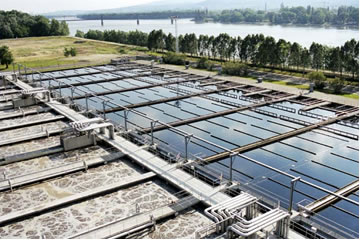 |
North Pest wastewater treatment plant |
||||||||||||||||||||||||
|
South Pest wastewater treatment plant The mechanical treatment capacity of the site is 80 000 m3/d. The upgrading has recently been finished. As a result of the development, the plant is capable of the secondary and tertiary treatment of 65 000 m3 wastewater a day. The capacity of the concrete structures may further be increased to 120 000 m3/d, if required. The applied wastewater treatment technology is a bio-filter method used for the elimination nutrients. |
|||||||||||||||||||||||||
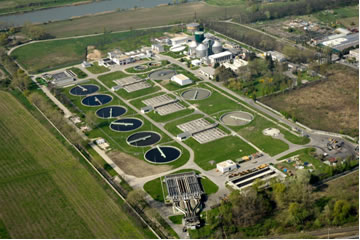 |
South Pest wastewater treatment plant |
||||||||||||||||||||||||
|
Budapest Central Wastewater Treatment Plant The wastewater treatment technology planned for the Central Wastewater Treatment Plant is a closed system implemented in compliance with the requirements of the European Union, it will be environmentally efficient and it will be possible to upgrade. As to specific solution, the details are up to the skills and knowledge of the designers. As a consequence to the requirement to assume liabilities for the performance of the system, the plant has to be designed by the contractor based on the "FIDIC YELLOW BOOK" contractual system. In the frame of the design with principal permit activated sludge biological treatment process and anaerobe sludge treatment technology has been elaborated, and a study has been prepared for the fix bed technology version, too. Technical data The wastewater treatment plant is located on the north-western part of the Csepel island, between 1641 and 1642 km section of the Danube, on approximately 29 ha useful area. |
|||||||||||||||||||||||||
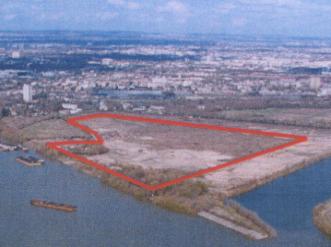 |
|||||||||||||||||||||||||
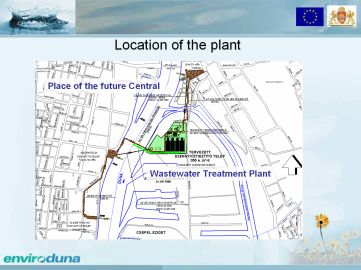 |
|||||||||||||||||||||||||
|
Quantitative data of the wastewater, planned capacity of the wastewater treatment plant:
|
|||||||||||||||||||||||||
|
Technology of the wastewater treatment plant The final technological solution for the design, implementation, and for a limited period also the operation, will be elaborated by the Contractor. In the frame of the proposed sludge treatment technology, the wastewater from the Budapest Central wastewater treatment plant will be disinfected (heated to 70 oC in order to eliminate micro organisms), and digested in the frame anaerobic process/stabilised (at 55 oC), then dewatered to reach approximately 28% dry substance content. Biological gases will be emitted in course of the anaerobic digestion, which is valuable fuel rich in methane gas to be used in gas engines to generate heat and electric energy. |
|||||||||||||||||||||||||
|
Qualitative data of the raw wastewater Three types of wastewaters will be let in the Central Wastewater treatment plant:
The qualitative requirements for the treated wastewater and the conditions for the letting the treated wastewater into the Danube are set out by Government Decree No. 220/2004 (VII.21.) and the Decree of the Ministry of Environment Protection and Water Management No. 28/2004 (XII.25.):
|
|||||||||||||||||||||||||
|
AFFECTED AREAS IN BUDAPEST The collection areas of the Budapest Central Wastewater treatment plant:
|
|||||||||||||||||||||||||
 |
|||||||||||||||||||||||||
 |
|||||||||||||||||||||||||
|
Wastewater discharge of Budapest after the implementation of the Central Wastewater Treatment Plant: |
|||||||||||||||||||||||||
 |
|||||||||||||||||||||||||

